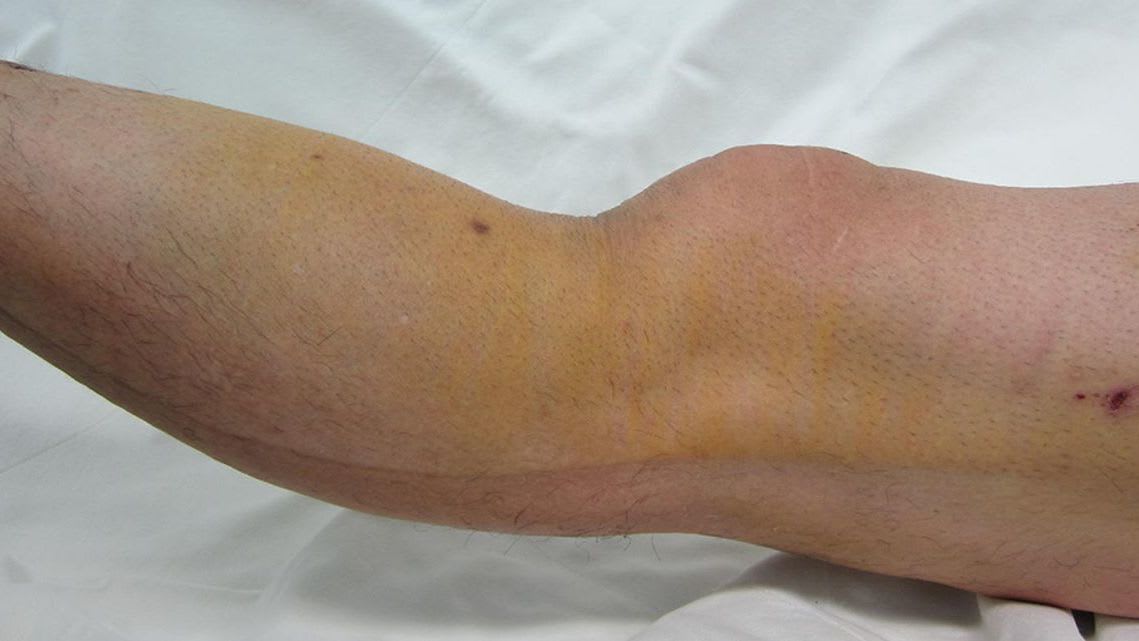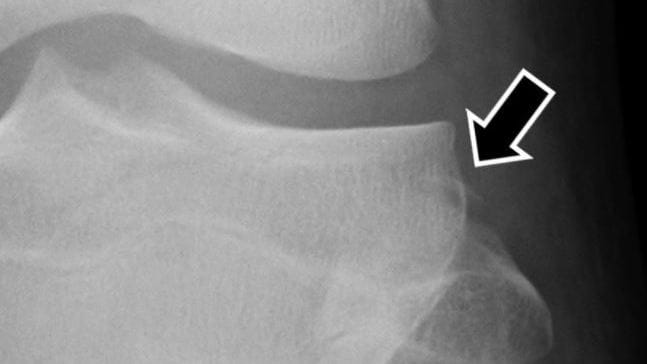Knee injuries

Extending the knee makes the relocation a great deal easier.

The dislocation is named from the distal bones (tibia and fibula) which are posterior to the femur. This injury has a high rate of popliteal artery injury.
It is an anterior drawer test illustrating a very soft endpoint when the tibia is pulled anterior to the femur. This is because the ACL (Anterior cruciate ligament) is ruptured. A normal ACL gives a very defined end point.
Although not always an absolute contraindication if the patient is on anticoagulants then reversal would be recommended before aspiration.

Bit of a trick question. Flamingos "knees" are in fact their ankle joints. Their real knee joints are hidden under their feathers. And yes grasshoppers do have tiny functioning ears on their front feet--and no one knows why!
The varus strain is where the tibia goes in towards the body "valgus" away from the body. I always used to remember the difference because of the l in valgus = lateral = away from the body ---mmm might only work for me.
It is a bit difficult to tell sometimes from an anterior cruciate rupture. But if you look closely you can see there is a solid stop anteriorly and a sag posteriorly.

Tenderness over the joint line medially really seals the diagnosis clinically. The MRI confirms it. As you could imagine there are lots of different types of tears like longitudinal, radial, root---this is a bucket handle tear.

The arcuate ligament complex attaches to the head of the fibula, the biceps femoris tendon or both. That avulsion fracture needs to be diagnosed early and an MRI organised to look at the ACL.

The e in terd has an acute so I am not sure about the pronounciation---apologies to my Hungarian friends. Welsh is actually pen-glin.